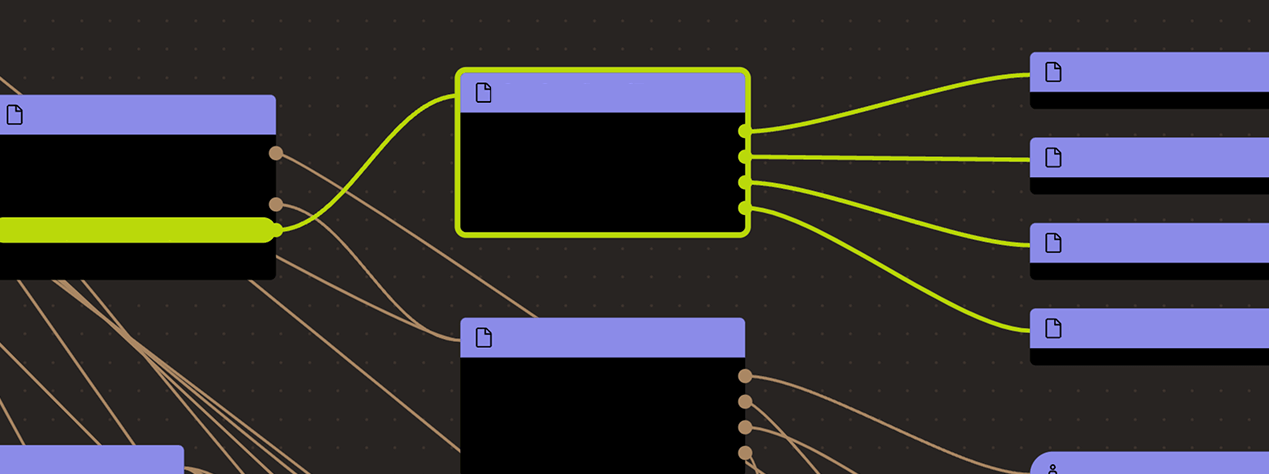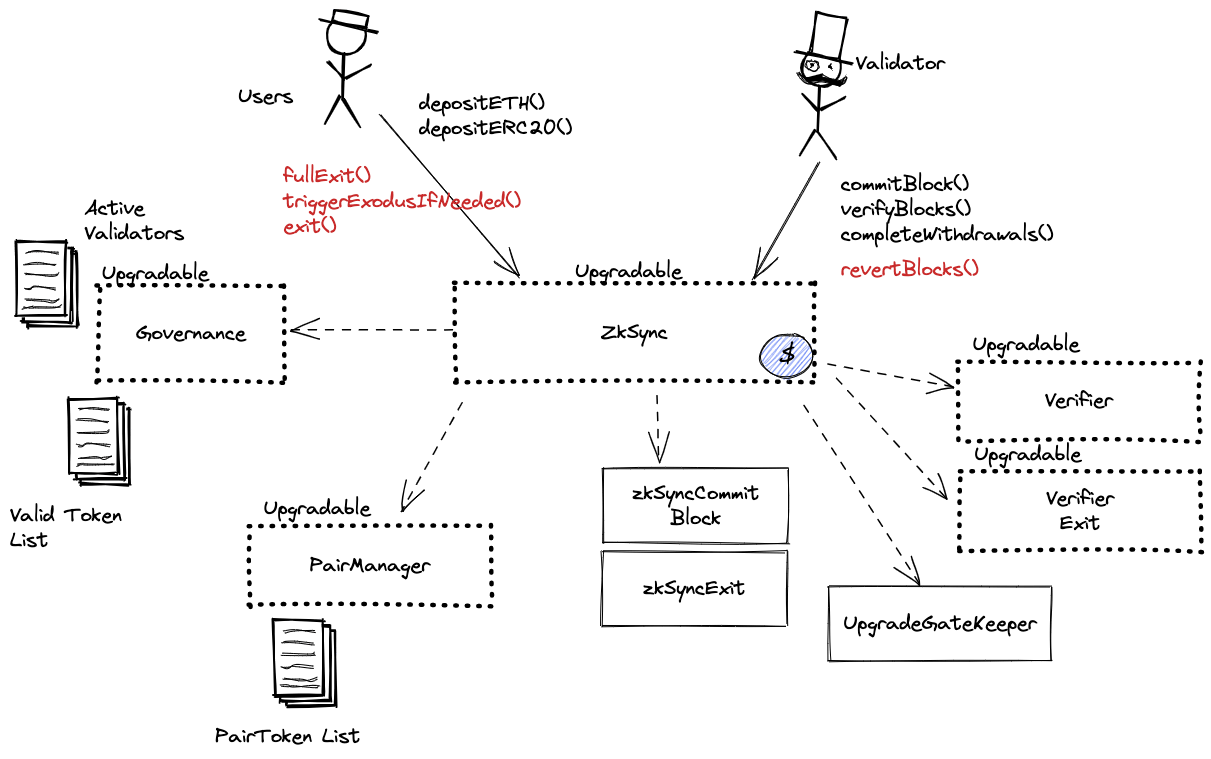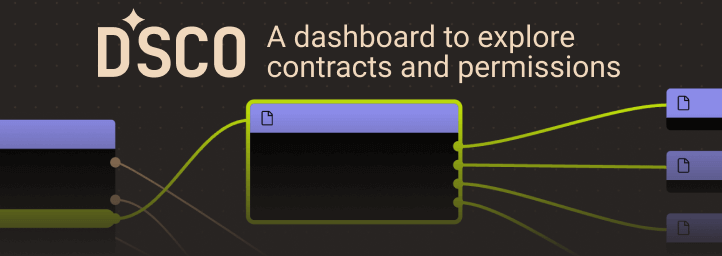Search
Search for projects by name
 ZKSwap 2.0
ZKSwap 2.0
About
ZKSwap is a fork of ZKsync with added AMM functionality. Based on ZK Rollup technology, ZKSwap aims to execute the full functionality of Uniswap on Layer 2, but increase the TPS, and make transaction processing cheaper.
About
ZKSwap is a fork of ZKsync with added AMM functionality. Based on ZK Rollup technology, ZKSwap aims to execute the full functionality of Uniswap on Layer 2, but increase the TPS, and make transaction processing cheaper.
2024 Jul 04 — 2025 Jul 04
Funds can be stolen if
Funds can be lost if
Users can be censored if
MEV can be extracted if
SNARKs are zero knowledge proofs that ensure state correctness, but require trusted setup.
All of the data needed for proof construction is published on Ethereum L1.
Some contracts are not verified, so there is no way to assess the exit window.
Users are able to trustlessly exit by submitting a zero knowledge proof of funds.
All data required for proofs is published onchain
All the data that is used to construct the system state is published onchain in the form of cheap calldata. This ensures that it will always be available when needed.
Each update to the system state must be accompanied by a ZK proof that ensures that the new state was derived by correctly applying a series of valid user transactions to the previous state. These proofs are then verified on Ethereum by a smart contract.
The system has a centralized operator
The operator is the only entity that can propose blocks. A live and trustworthy operator is vital to the health of the system.
MEV can be extracted if the operator exploits their centralized position and frontruns user transactions.
Users can force exit the system
Force exit allows the users to escape censorship by withdrawing their funds. The system allows users to force the withdrawal of funds by submitting a request directly to the contract onchain. The request must be served within a defined time period. If this does not happen, the system will halt regular operation and permit trustless withdrawal of funds.
Users can be censored if the operator refuses to include their transactions. However, there exists a mechanism to independently exit the system.
Regular exit
Forced exit
If the user experiences censorship from the operator with regular exit they can submit their withdrawal requests directly on L1. The system is then obliged to service this request. Once the force operation is submitted and if the request is serviced, the operation follows the flow of a regular exit.
Emergency exit
If the enough time deadline passes and the forced exit is still ignored the user can put the system into Exodus Mode, disallowing further state updates. In that case everybody can withdraw by submitting a zero knowledge proof of their funds with their L1 transaction.
Funds can be lost if the user is unable to generate the non-trivial ZK proof for exodus withdraw.

Ethereum
Actors:
This address is the master of Upgrade Gatekeeper contract, which is allowed to perform upgrades for Governance, Verifier, VerifierExit, PairManager and ZkSync contracts.
This actor is allowed to propose, revert and execute L2 blocks on L1. A list of active validators is kept inside Governance contract and can be updated by zkSwap 2.0 Admin.


Ethereum
The main Rollup contract. Operator commits blocks, provides ZK proof which is validated by the Verifier contract and process withdrawals (executes blocks). Users deposit ETH and ERC20 tokens. This contract defines the upgrade delay in the UPGRADE_NOTICE_PERIOD constant that is currently set to 8 days.
- This contract can store any token.
Additional contract to store implementation details of the main ZkSync contract.
The source code of this contract is not verified on Etherscan.
Keeps a list of block producers and whitelisted tokens.
Manages trading pairs.
zkSNARK Plonk Verifier.
The source code of this contract is not verified on Etherscan.
The source code of this contract is not verified on Etherscan.
The current deployment carries some associated risks:
Funds can be stolen if a contract receives a malicious code upgrade. There is a 8 days delay on code upgrades.
Funds can be stolen if the source code of unverified contracts contains malicious code (CRITICAL).
